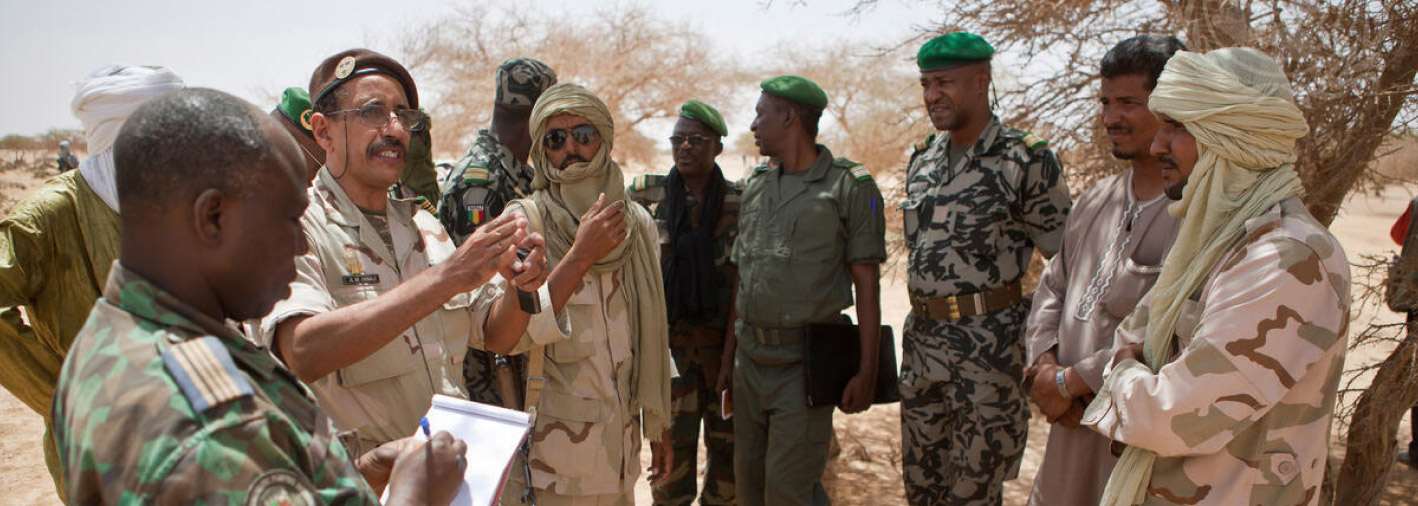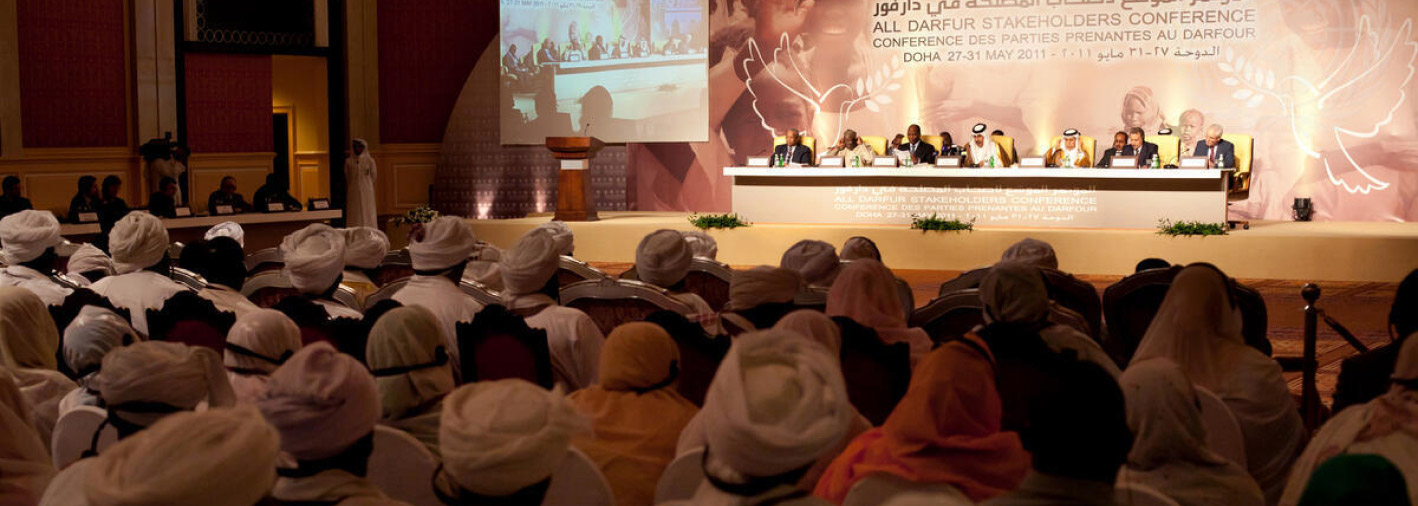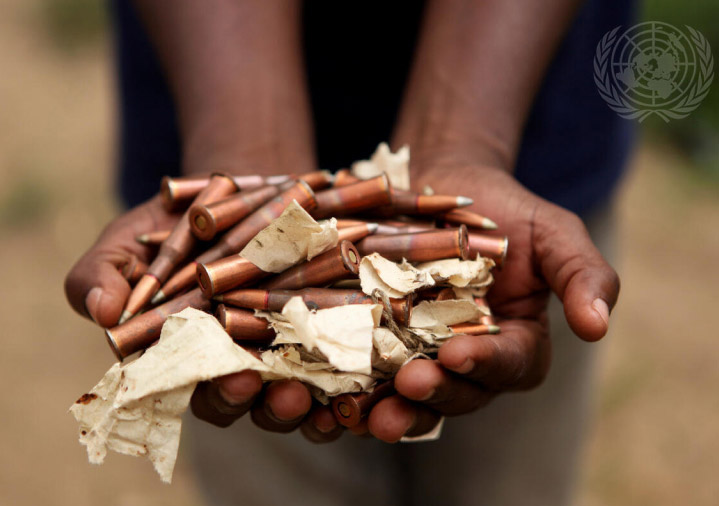Foreword
Ceasefires are not only about stopping the fighting between belligerents. Effective ceasefire agreements protect civilians and enable humanitarian access to vulnerable populations. From a political standpoint, ceasefires are a major opportunity to set the foundation for inclusive and comprehensive peace talks.
In responding to hostilities – be it classic two-party war or a fragmented conflict landscape involving multiple armed actors – mediators, conflict parties, civil society and other stakeholders can benefit from concrete technical know-how as they prepare, execute and monitor ceasefire agreements.
Download the full Guidance on Mediation of Ceasefires.

“Ceasefires are a major opportunity to set the foundation for inclusive and comprehensive peace talks”
Rosemary A. DiCarlo, Under-Secretary-General for Political and Peacebuilding Affairs
Chapters to Download
 UN Photo/Sylvain Liechti
UN Photo/Sylvain Liechti
Chapter 1: Terminology and a Typology of Ceasefires
This chapter reviews how ceasefires have been defined and classified in different contexts. In so doing, it draws out the possible implications for a ceasefire negotiation planning process.
Chapter 2: Preparing for Ceasefire Negotiations
This chapter proposes principles and planning considerations to help guide preparations for ceasefire negotiation processes. Complex, protracted efforts are typically required to achieve a ceasefire. Planning assumptions and decisions may have to be revisited multiple times in response to the evolving dynamics of the underlying conflict.
 UN Photo/Albert Gonzalez Farran
UN Photo/Albert Gonzalez Farran
 UN Photo/Fardin Waezi
UN Photo/Fardin Waezi
Chapter 3: Mediating Inclusive Ceasefires
This chapter explores how greater inclusion can increase the prospects for an effective, comprehensive and sustainable outcome from ceasefire negotiations and agreements. It emphasizes the full and meaningful participation of women and introduces innovative process design options to strengthen inclusion.
Chapter 4: Mediating the Contents of a Ceasefire Agreement
There is no single template for ceasefire agreements. This chapter explores some of the mediation approaches to the most common technical elements in ceasefire agreements. The chapter is not exhaustive; additional issues and technical elements may be relevant in certain contexts.
 Credit: United Nations Verification Mission in Colombia
Credit: United Nations Verification Mission in Colombia
 UN Photo/Blagoje Grujic
UN Photo/Blagoje Grujic
Chapter 5: Mediating a Ceasefire Monitoring and Verification Mechanism
This chapter reviews the building blocks and principles that guide the establishment of a ceasefire monitoring and verification (M&V) mechanism. These mechanisms are intended to enhance the accountability of parties and increase the predictability of their actions, with the aim of contributing to the sustainability and credibility of the ceasefire.
Chapter 6: Preparing for Implementation
Implementation of a ceasefire agreement is a complex process that involves detailed planning, extensive resources and the involvement of multiple stakeholders or entities, especially in the case of definitive ceasefires, which tend to have a wider scope. This chapter reviews related considerations with a view to facilitating the sustainable implementation of a ceasefire agreement.
 UN Photo/Olivier Chassot
UN Photo/Olivier Chassot
Since ceasefires and the contexts in which they are pursued are constantly evolving – exhibiting new dimensions, lessons, good and bad practices – this Guidance will be reviewed periodically.

UN Photo/Patricia Esteve
